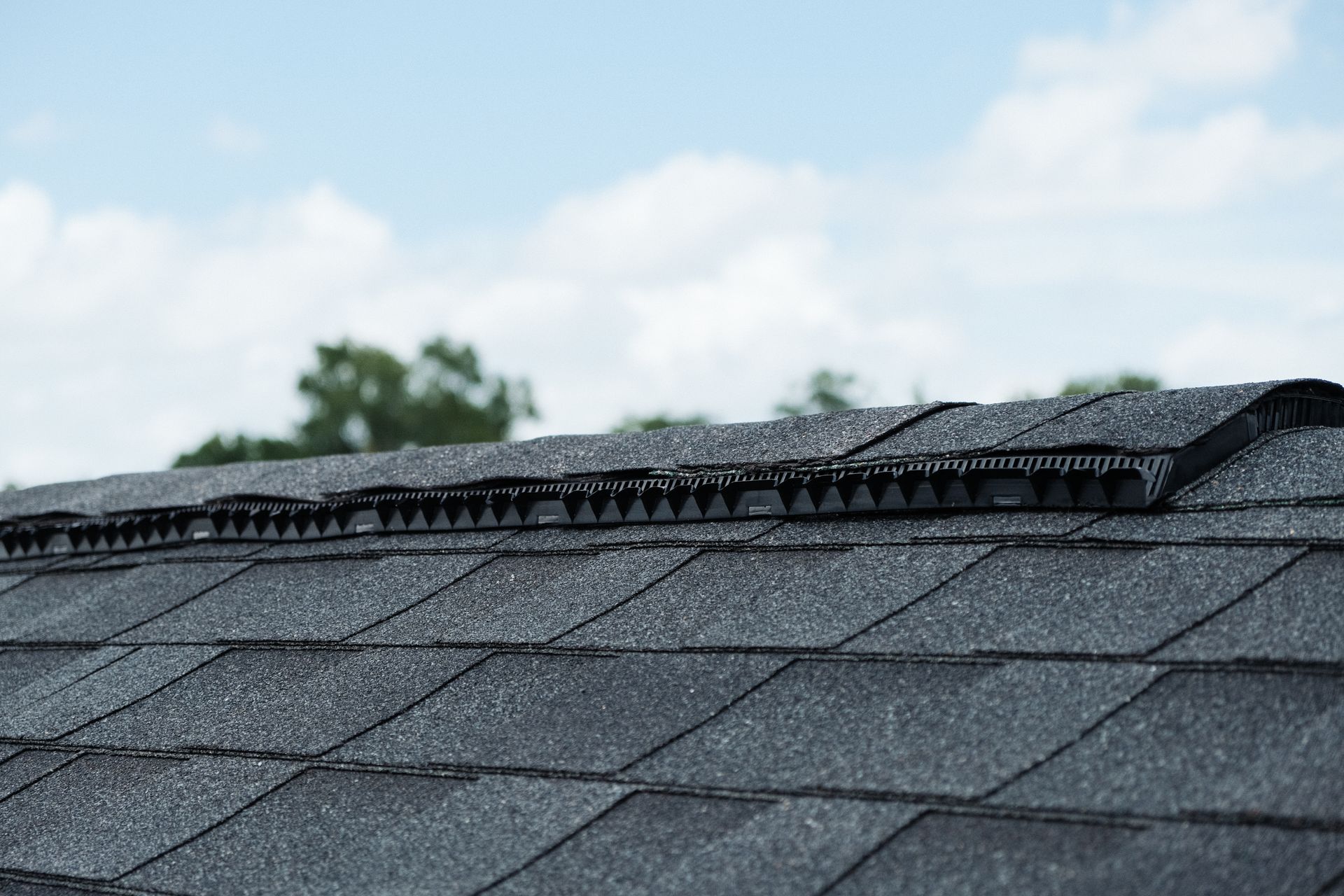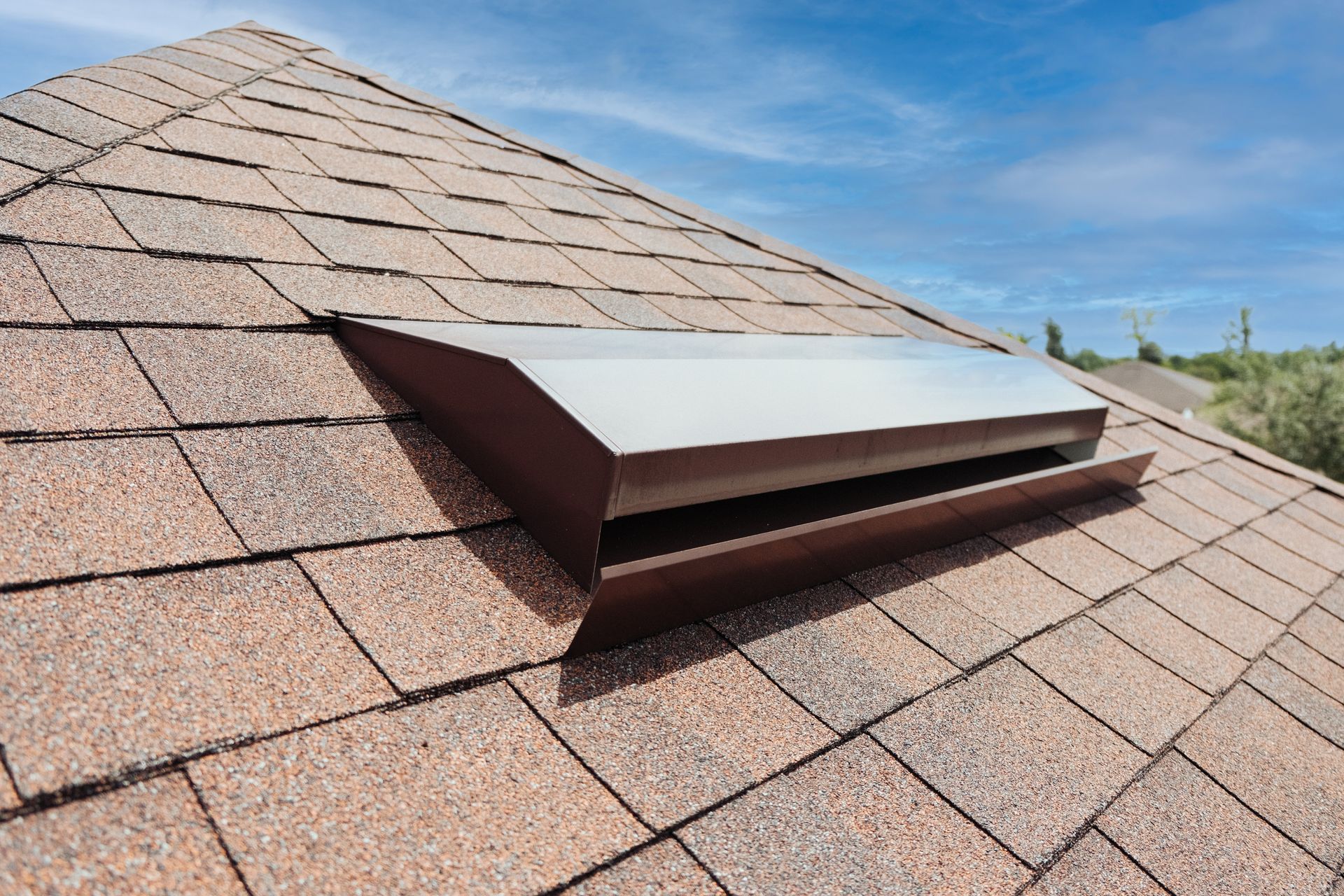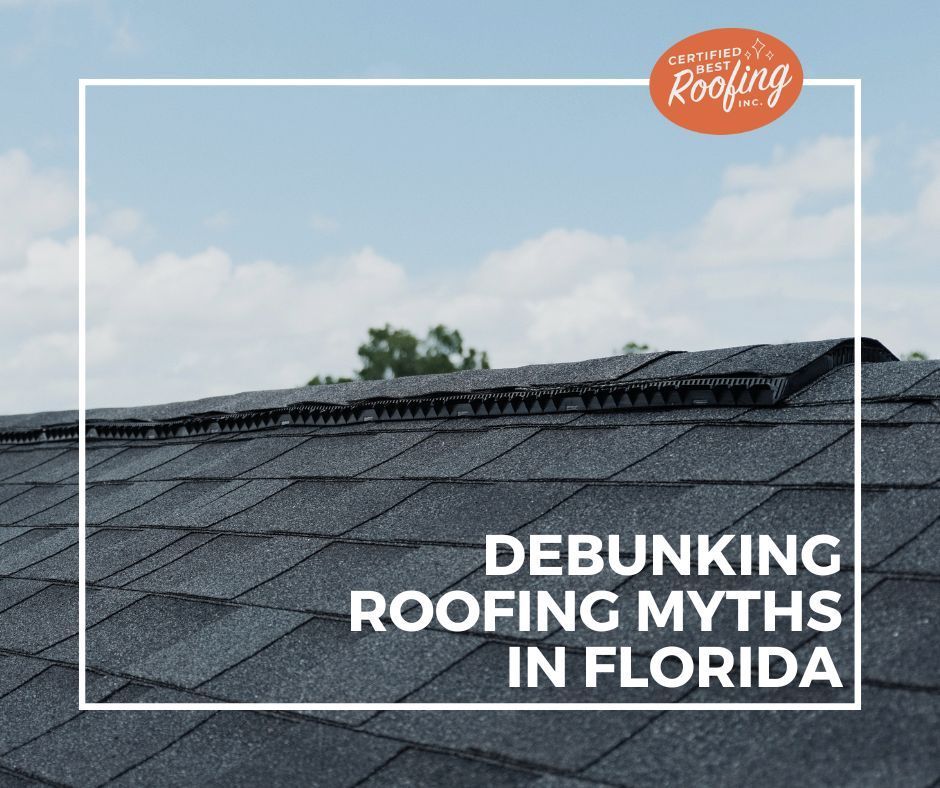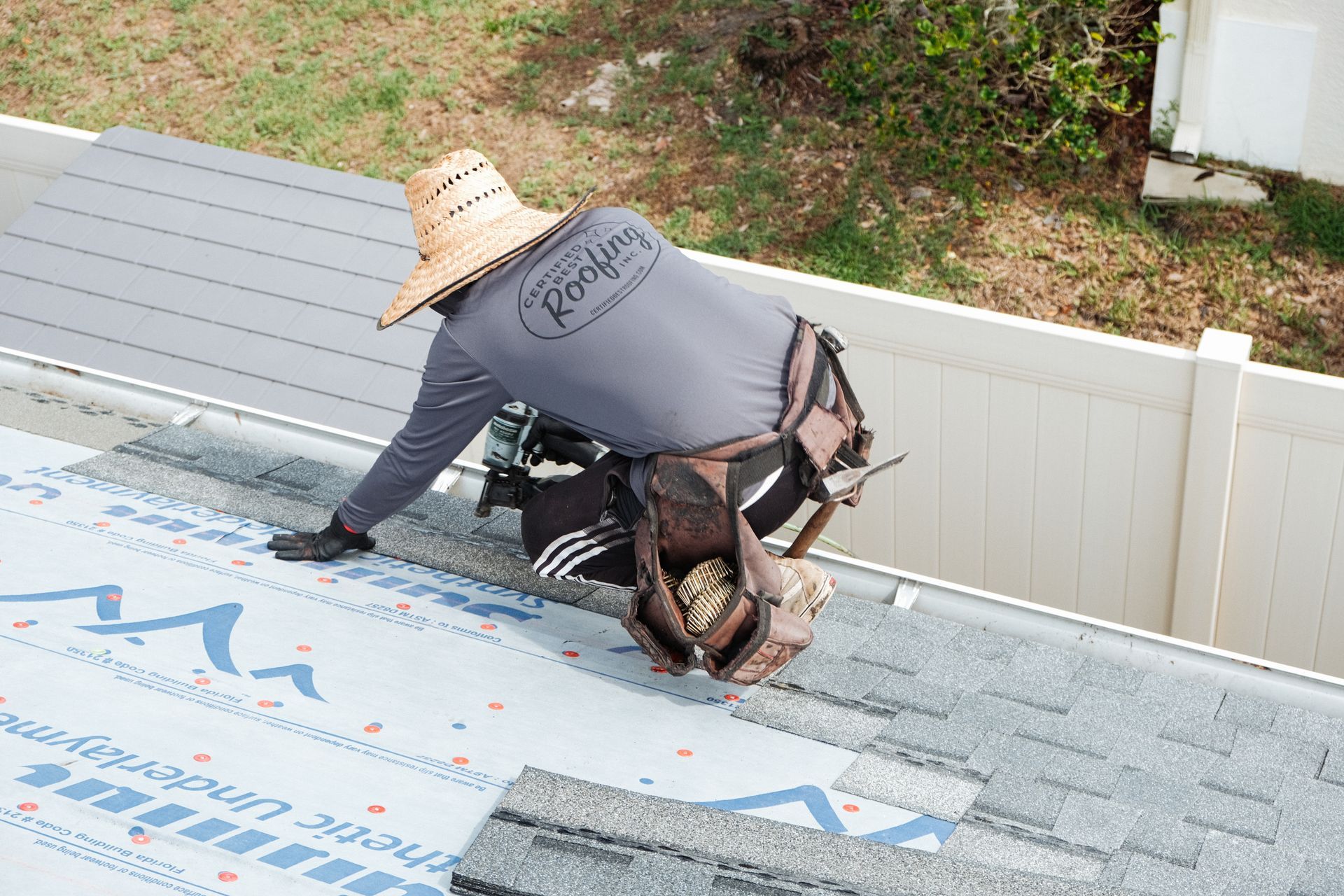Ridge Vent vs. Off-Ridge Vent: Which Roof Ventilation System is Right for You?
Proper roof ventilation is essential for maintaining the health and longevity of your roof. At Certified Best Roofing, we often receive questions about the differences between ridge vents and off-ridge vents. Understanding these two types of ventilation systems can help you make an informed decision for your home. Here's a comprehensive comparison to guide you:

Ridge Vents: Efficient and Aesthetically Pleasing
1. What is a Ridge Vent?
A ridge vent runs along the peak of the roof, blending seamlessly with the roofline. It is designed to allow warm, humid air to escape from the attic, promoting better airflow and reducing moisture buildup.
2. Benefits of Ridge Vents
- Superior Airflow: Ridge vents provide continuous airflow along the entire roofline, effectively removing hot air and moisture from the attic.
- Energy Efficiency: By reducing attic temperatures, ridge vents help lower cooling costs, making your home more energy-efficient.
- Aesthetic Appeal: Ridge vents are discreet and blend with the roof, maintaining the home's visual appeal.
- Long Lifespan: Typically made from durable materials, ridge vents can last as long as your roof.
3. Ideal for Larger Roofs
Ridge vents are particularly effective for larger roofs or homes with long ridgelines. They provide consistent ventilation across a wide area, ensuring optimal performance.

Off-Ridge Vents: Practical and Versatile
1. What is an Off-Ridge Vent?
Off-ridge vents are installed near the roof ridge but are separate units, spaced intermittently along the roof. They are usually rectangular and protrude slightly from the roof surface.
2. Benefits of Off-Ridge Vents
- Ease of Installation: Off-ridge vents are relatively easy to install and can be added to existing roofs with minimal modifications.
- Versatility: These vents can be installed in various locations, making them suitable for homes with shorter or irregular ridgelines.
- Cost-Effective: Off-ridge vents are often more affordable than ridge vents, providing a budget-friendly ventilation solution.
- Effective Ventilation: While not as continuous as ridge vents, off-ridge vents still offer effective ventilation for smaller or uniquely shaped roofs.
3. Ideal for Smaller or Irregular Roofs
Off-ridge vents are a good choice for homes with smaller roofs or those with complex designs. Their flexibility in placement allows for adequate ventilation where continuous ridge vents may not be practical.
Choosing the Right Ventilation System
1. Consider Your Roof Design
The shape and size of your roof play a significant role in determining the best ventilation system. Ridge vents are ideal for large, uniform roofs, while off-ridge vents are suitable for smaller or irregularly shaped roofs.
2. Evaluate Energy Efficiency Needs
If energy efficiency is a priority, ridge vents are generally more effective at reducing attic temperatures and lowering cooling costs. However, off-ridge vents can still contribute to energy savings in homes with specific ventilation challenges.
3. Think About Aesthetics
For homeowners concerned about maintaining a clean roofline, ridge vents offer a more discreet option. Off-ridge vents, while functional, are more visible on the roof's surface.
4. Budget Considerations
Ridge vents typically have a higher upfront cost but offer long-term benefits in terms of efficiency and lifespan. Off-ridge vents are more affordable initially but may require more frequent maintenance or replacement.
Trust Certified Best Roofing for Your Ventilation Needs
At Certified Best Roofing, we understand the importance of proper roof ventilation. Our experienced team can help you choose and install the best ventilation system for your home, whether it's ridge vents, off-ridge vents, or a combination of both.















